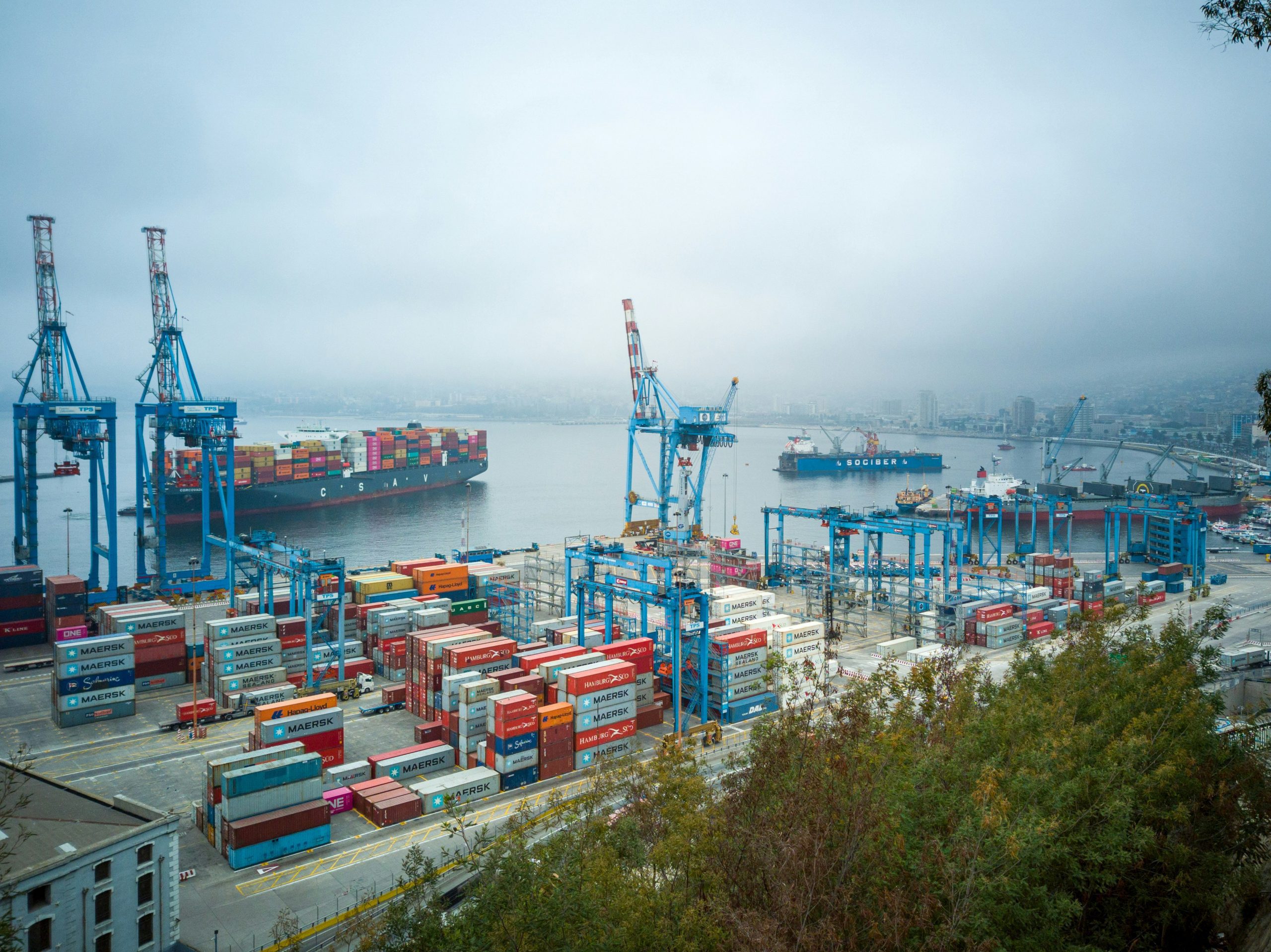In the intricate dance of global supply chains, the art of transloading emerges as a key player, seamlessly orchestrating the movement of goods from one mode of transportation to another. As businesses navigate the complexities of freight operations, transloading stands out as a strategic practice that not only enhances efficiency but also contributes to the overall optimization of logistics.
Unlocking the Basics of Transloading
Transloading, or cross-docking, at its core, involves transferring goods from one transportation mode to another, such as moving products from rail to truck or ship to truck. This maneuver enables businesses to capitalize on the strengths of each mode, strategically mitigating the limitations of individual transportation methods. The result? A smoother, more streamlined freight operation.
The Strategic Advantage of Transloading
1. Maximizing Flexibility
Transloading grants businesses the flexibility to adapt to changing market demands and transportation conditions. By facilitating the transfer of goods between different modes, companies can optimize routes, avoid congestion, and respond swiftly to market dynamics.
2. Optimizing Cost Efficiency
Efficient cross-docking practices can significantly reduce transportation costs. By selecting the most cost-effective modes for each leg of the journey, businesses can minimize expenses while maximizing the value of their logistics investments.
3. Global Reach, Local Impact
For businesses with international aspirations, cross-docking becomes a vital tool for navigating the complexities of cross-border shipping. It allows for seamless transitions between different transportation networks, ensuring that goods move effortlessly across various regions.
Innovations in Transloading Technology
As technology continues to advance, the art of transloading is evolving. Automated systems, real-time tracking, and sophisticated data analytics are transforming cross-docking into a precision operation. These innovations not only enhance speed and accuracy but also contribute to better inventory management and visibility across the supply chain.
Best Practices for Successful Transloading
1. Strategic Location Selection
Choosing the right transfer facility in a strategic location can significantly impact the efficiency of freight operations. Proximity to major transportation hubs and optimized routes are key factors to consider.
2. Seamless Coordination
Effective communication and coordination among all parties involved in the transloading process are crucial. This includes carriers, warehouses, and logistics providers working in harmony to ensure a smooth transition.
3. Technology Integration
Embrace technological solutions that enhance visibility and control over the cross-docking process. Implementing tracking systems, automation, and data analytics can elevate the efficiency and accuracy of operations.
Transloading with Transnova Logistics
At Transnova Logistics, we understand the art of transloading and its pivotal role in optimizing freight operations. With our strategic locations, cutting-edge technology, and years of experience, we provide a seamless cross-docking experience for our clients. From rail to truck, ocean to truck, or any combination that suits your needs, we ensure the efficient transfer of goods to keep your supply chain in motion.
In the ever-evolving world of logistics, mastering the art of transloading is a testament to a company’s commitment to efficiency, flexibility, and global reach. As businesses continue to navigate the intricate web of supply chain dynamics, transloading emerges as a valuable tool, unlocking new possibilities for growth and success.
